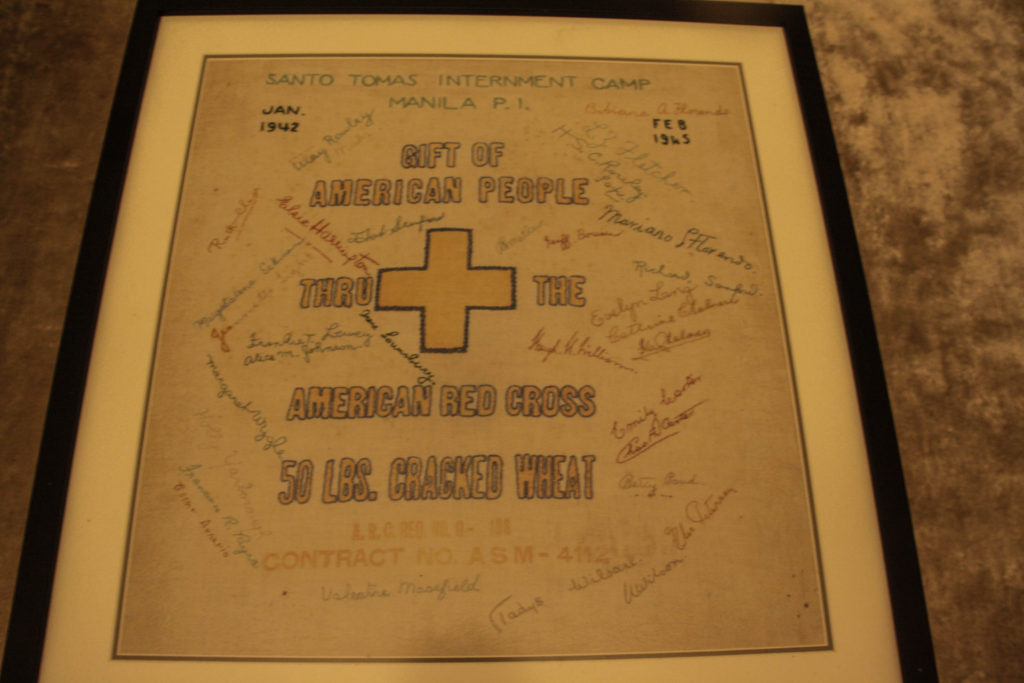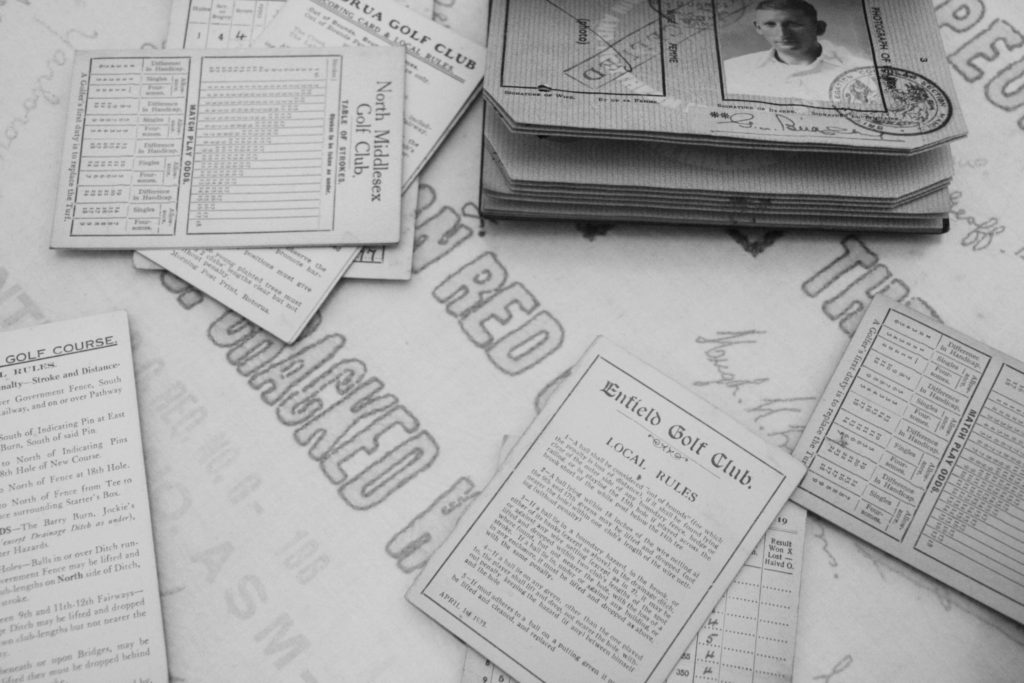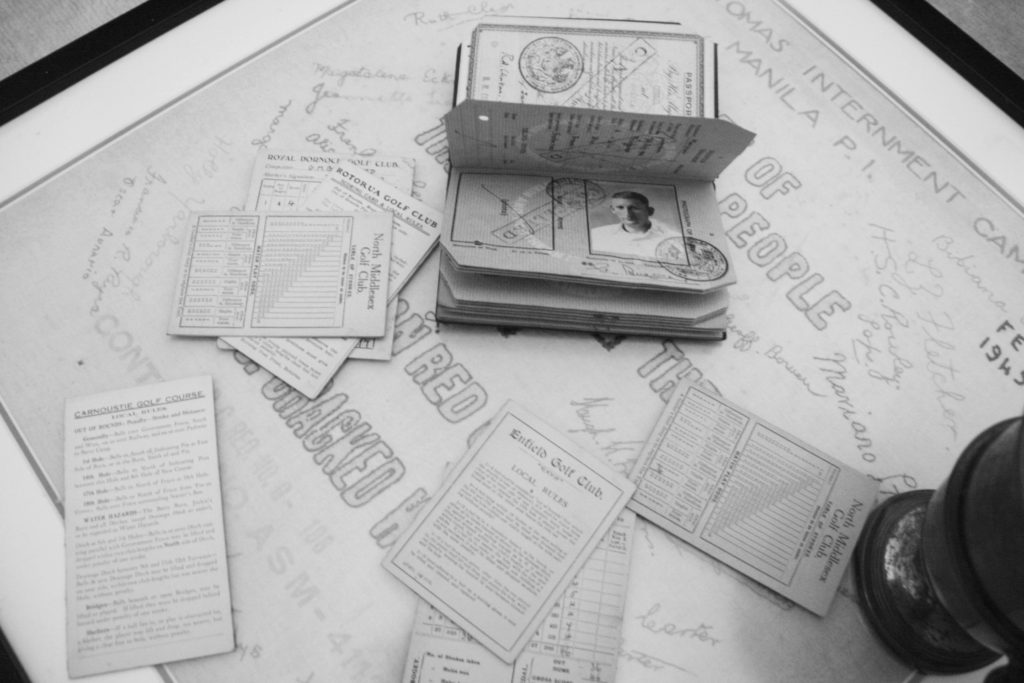Photomontage
History of Photo-montage (Europe 1910 onwards)
A photomontage is a collage constructed from photographs.
Historically, the technique has been used to make political statements and gained popularity in the early 20th century (World War 1-World War 2)
Artists such as Raoul Haussman , Hannah Hoch, John Heartfield employed cut-n-paste techniques as a form of propaganda…as did Soviet artists like Aleksander Rodchenko and El Lissitsky
Photomontage has its roots in Dadaism…which is closely related to Surrrealism

Raoul Haussman
Pop Art developments (USA and UK 1950s-)
Photomontage was also used to great effect by various Pop Artists in the mid 20th Century
Pop art was a reaction to abstract expressionism and was similar to DADA in some ways
Many Pop Art images and constructions tackled popular consumerism, advertising, branding and marketing techniques
Pop art also explored political concerns such as war, and gender roles too

Some of my work in this project was inspired by Raoul Hausmann, a photomontage photographer. Raoul Hausmann was an Austrian artist and writer. One of the key figures in Berlin Dada, his experimental photographic collages, sound poetry, and institutional critiques would have a profound influence on the European Avant-Garde in the aftermath of World War I.

The time period he produced in was the same period my project is based on. I made photomontages using my own photos and some using photos off the internet. I used the same background for each one, a photo I took of a wheat declaration from the red cross which my grandad kept after being freed from Santo Tomas.


I tried to show a small timeline from left to right, because the dates are marked at the top from the start of the occupation to the liberation of the Philippines.
This photomontage by Hausmann influenced mine as I focused on covering the eyes and mouth in my montage.


I focused on a newspaper timeline in this one, using cuts of different newspaper articles at the time.
Diana Markosian
Diana Markosian is an modern American artist of Armenian descent, working as a documentary photographer, writer, and filmmaker.

Diana Markosian (born in Moscow, 1989) takes an intimate approach to her photography and video storytelling, in work that is both conceptual and documentary.

Her projects have taken her to some of the remotest corners of the world, and have been featured in The New Yorker, Vanity Fair and Vogue Magazine. She holds a Masters of Science degree from Columbia University in New York. Her work is represented by Galerie Les Filles du Calvaire in Paris, France and Rose Gallery in Los Angeles, California.
When photographer Diana Markosian met her father after a 15-year separation, he said he had been looking for her and opened this suitcase filled with newspaper clippings, undelivered letters and a shirt for her brother’s future wedding. “Items my grandfather put aside in hopes of meeting us one day,” she says.
A clock is ticking loudly, drawing attention to the silence in the room where Magnum nominee Diana Markosian and her long-lost father sit across the dining table from each other. “What were you thinking about, when you wrote the letter?” asks Armenian-American photographer Diana. Her father replies, “I don’t want there to be pain. I want there to be love.” Love is what Diana and her father have been working towards after being separated for 15 years, before Diana tracked him down in Armenia. She captured the meeting in a video as part of a multimedia project, where raw feelings of abandonment, longing, awkwardness and distance are palpable.
This very personal style of photography has earned Diana countless awards and mentions on ‘ones to watch’ lists, as well as a Magnum nominee membership. However, it wasn’t always on the cards that her work would take this direction. She didn’t discover the key idea that shaped the way she tells stories until 2011, when she jotted down a passage from the 1995 independent movie Smoke by Wayne Wang and Paul Auster.
This photo inspired some of my photos. The photos of old belongings and pictures link into my work.


